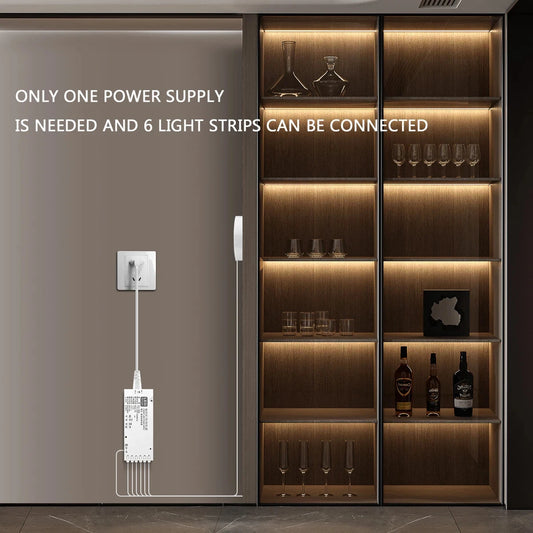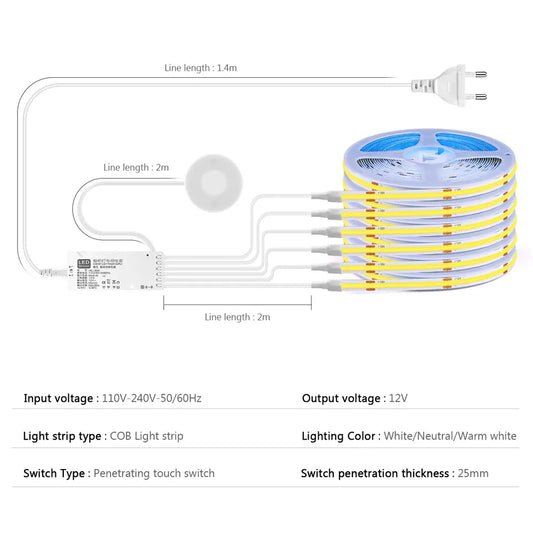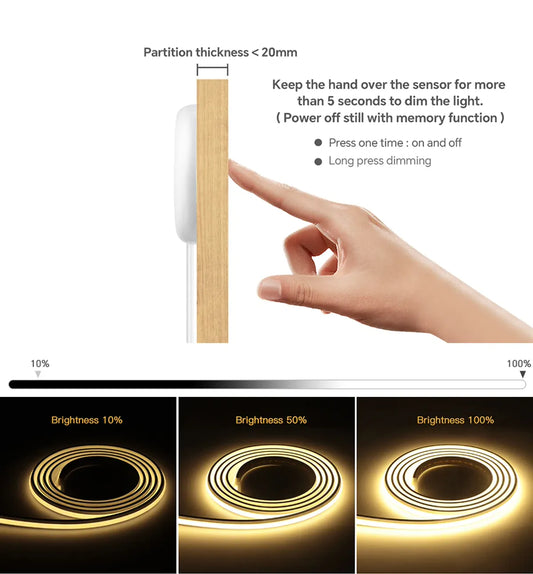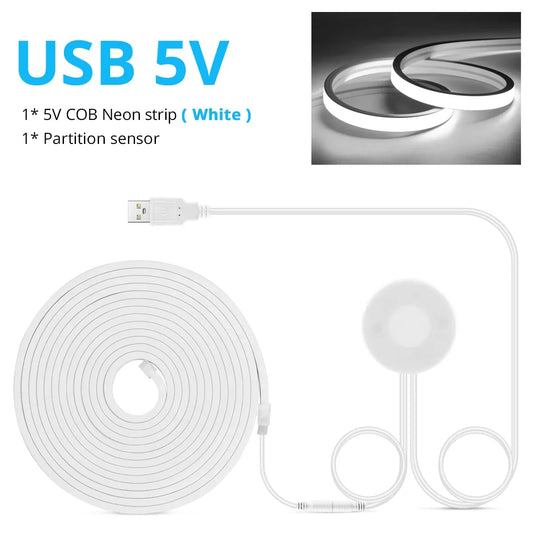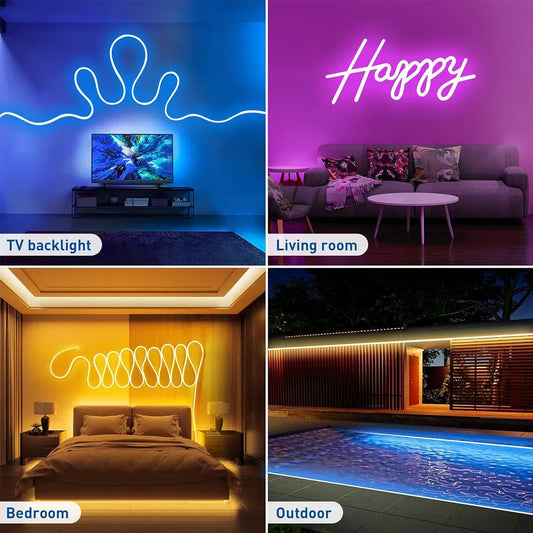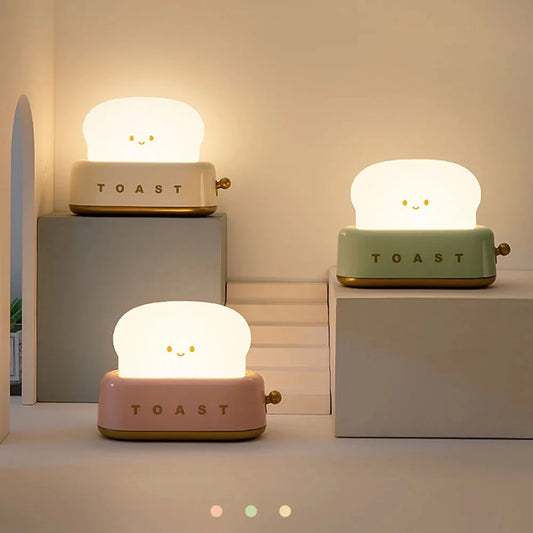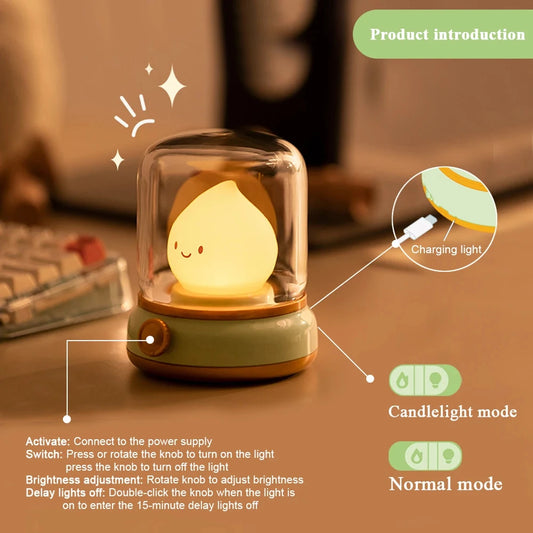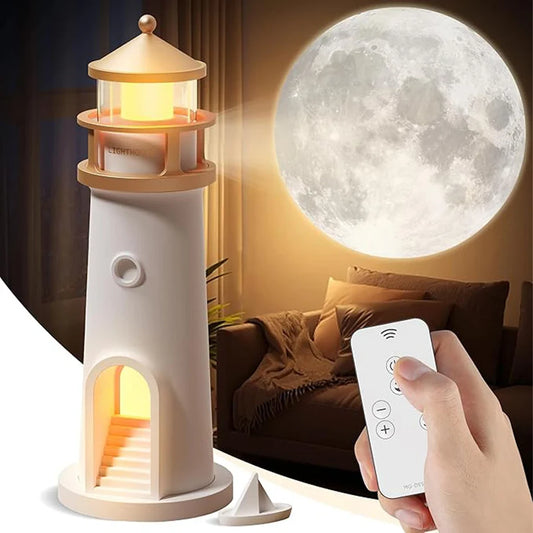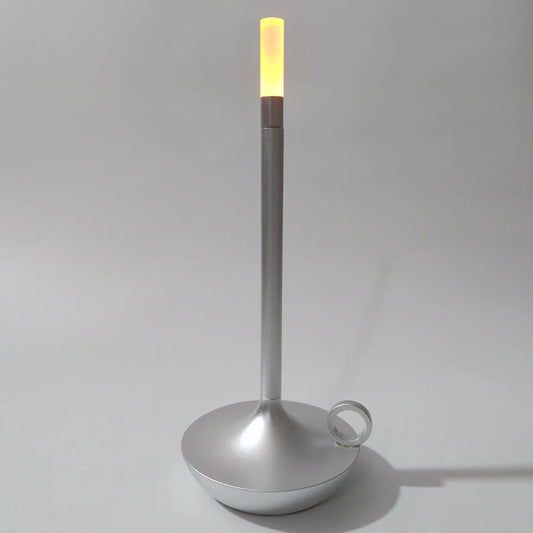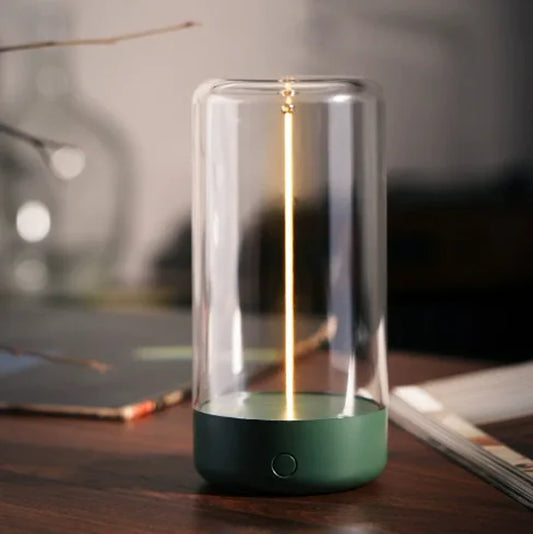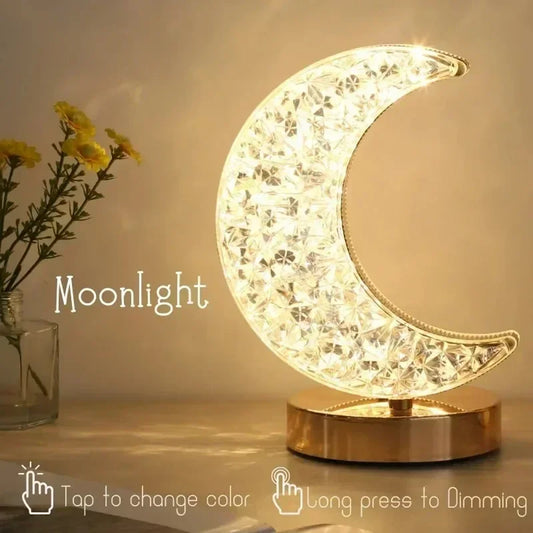
What is the Difference Between a Strip Light and a Tape Light? | Lumaz
Share
Table of Contents
- Introduction
- Definitions and Basic Differences
- Construction and Design
- Installation and Flexibility
- Light Output and Applications
- Energy Efficiency and Lifespan
- Data Comparison Table
- Cost Comparison
- Expert Opinions and Industry Standards
- Conclusion
Introduction
In the realm of modern lighting solutions, strip lights and tape lights are frequently mentioned. Both are popular for their versatility and energy efficiency, but what exactly differentiates them? This article delves into the distinct features, construction, installation processes, light output, energy efficiency, and costs associated with strip lights and tape lights. Supported by professional theories and data, we aim to provide a comprehensive understanding of these two lighting options.
Definitions and Basic Differences
Strip Lights: Strip lights, often referred to as LED strip lights, consist of a series of LEDs mounted on a narrow, flexible circuit board. They are commonly used for accent lighting, task lighting, and general illumination.
Tape Lights: Tape lights are a subset of strip lights. The term "tape lights" emphasizes their thin, adhesive backing, which allows them to be stuck directly to surfaces. Tape lights are particularly favored for applications requiring close and continuous contact with a surface, such as under cabinet lighting.
Construction and Design
Strip Lights
1. Structure: Strip lights are built on a flexible circuit board with surface-mounted LEDs. The board can vary in width, typically ranging from 8mm to 20mm, depending on the application and desired light output.
2. Encapsulation: Many strip lights come with a silicone or epoxy coating for water resistance and durability. This makes them suitable for both indoor and outdoor use.
3. Power Supply: Strip lights usually require a 12V or 24V DC power supply, though some variants operate on mains voltage.
Tape Lights
1. Structure: Tape lights are similar to strip lights but are typically narrower and thinner. They emphasize flexibility and the ability to adhere to surfaces easily.
2. Adhesive Backing: A key feature of tape lights is their adhesive backing, which simplifies installation. This adhesive is often pressure-sensitive, ensuring a strong bond with the surface.
3. Power Supply: Like strip lights, tape lights typically operate on 12V or 24V DC power supplies, but they can also be found in battery-operated versions for more portable applications.
Installation and Flexibility
Strip Lights
Strip lights are known for their flexibility and ease of installation. They can be cut to length at designated points, making them customizable for different spaces. The installation process typically involves mounting clips or brackets, which secure the lights in place.
Tape Lights
Tape lights offer superior flexibility due to their thinner construction and adhesive backing. They can be directly adhered to most surfaces, eliminating the need for additional mounting hardware. This makes tape lights ideal for applications where space is limited or a clean, streamlined look is desired.
Light Output and Applications
1. Brightness and Color: Both strip and tape lights come in various brightness levels, measured in lumens, and color temperatures, measured in Kelvin. According to the U.S. Department of Energy, LEDs in these lights can achieve high efficacy, producing more light per watt compared to traditional lighting solutions.
2. Applications:
- Strip Lights: Often used for accent lighting, cove lighting, and outdoor applications due to their robust construction.
- Tape Lights: Preferred for under cabinet lighting, backlighting, and other indoor applications where direct adherence to surfaces is beneficial.
Energy Efficiency and Lifespan
LED strip and tape lights are both highly energy-efficient. According to a report by the International Energy Agency (IEA), LEDs consume up to 80% less energy than incandescent bulbs and have a lifespan of up to 50,000 hours. This efficiency makes them a cost-effective and environmentally friendly lighting solution.
Data Comparison Table
To further elucidate the differences between strip lights and tape lights, let's look at data from a study conducted by the Illuminating Engineering Society (IES) and other industry sources.
| Criteria | Strip Lights | Tape Lights | Source |
|---|---|---|---|
| Average Lifespan (hours) | 25,000 - 50,000 | 30,000 - 50,000 | International Energy Agency (IEA) |
| Energy Consumption (watts) | 7-10 per foot | 5-7 per foot | U.S. Department of Energy (DOE) |
| Installation Time (minutes) | 15-30 | 10-20 | Illuminating Engineering Society (IES) |
| Initial Cost (per foot) | $10 - $20 | $15 - $25 | Industry Market Analysis |
| Maintenance Frequency | Moderate (due to adhesive wear) | Low (durable structure) | Journal of Lighting Research & Technology |
Cost Comparison
The cost of strip and tape lights can vary based on quality, brand, and additional features such as waterproofing or dimmability. Generally, tape lights may be slightly more expensive due to the convenience of their adhesive backing and the potential inclusion of more specialized features.
| Feature | Strip Lights | Tape Lights |
|---|---|---|
| Structure | Flexible circuit board with mounted LEDs | Thinner, flexible circuit board with adhesive backing |
| Installation | Requires mounting clips or brackets | Adhesive backing for direct application |
| Applications | Accent, task, outdoor lighting | Under cabinet, backlighting, indoor lighting |
| Cost | Generally lower | Slightly higher due to added convenience |
Expert Opinions and Industry Standards
Experts in the lighting industry often emphasize the importance of selecting the right type of light based on the specific application. According to the Illuminating Engineering Society (IES), the choice between strip lights and tape lights should be guided by factors such as installation ease, application environment, and desired lighting effect.
Conclusion
Understanding the differences between strip lights and tape lights is essential for selecting the appropriate lighting solution for your needs. Strip lights offer flexibility and durability, making them suitable for a wide range of applications, both indoors and outdoors. Tape lights, with their adhesive backing, provide a convenient and streamlined installation process, ideal for spaces where direct adherence is beneficial.
For more comprehensive guidance on selecting the best under cabinet lighting for your kitchen, check out our detailed guide: How to Choose the Best Under Cabinet Lighting for Your Kitchen.
Explore our range of strip lights and tape lights at Lumaz to find the perfect lighting solution for your needs.


